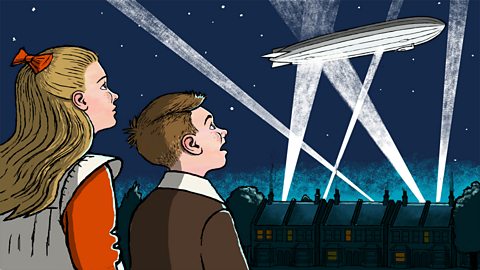KS1 Dance / KS2 Dance / KS3 Dance / Age 5 - 14
±«Óătv Teach - School Radio offers three co-ordinated dance resources that provide a comprehensive dance offering for KS1 and KS2 PE lessons. There is also a new resource for KS1 to KS3 called Step-by-Step which offers guidance on how to extend any curriculum topic into practical dance sessions that all pupils will feel able to engage with and enjoy.
Each dance unit provides opportunities to respond to a range of stimuli including specially-composed music, stories and poetry. The units of work develop from simple movements based on pupils' everyday experiences through to enabling them to create their own dances - as individuals, as groups and as a whole class. In each unit the elements include composing, performing and appraising. Refer to the Teacher's Notes on each of the web pages for more information on delivering these dance resources with your group.
KS1 Dance: Step-by-Step / Let's Move / Time to Move
Let's Move with Naomi and Nigel! collection
Four video dance sessions for KS1/5-7, presented by Naomi Wilkinson and Nigel Clarke. Topics are Space, Superheroes, Oceans and Great Fire of London.
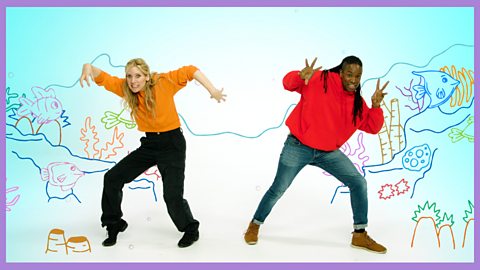
Step-by-Step: Dance in Schools
A comprehensive resource for delivering dance at KS1 - KS3.
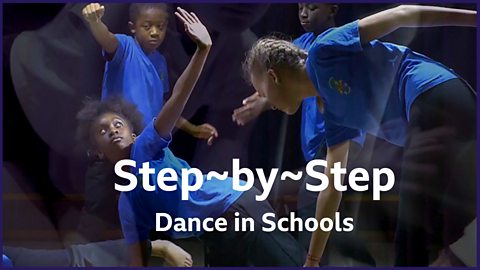
KS1 Dance: Let's Move. collection
Age 5 - 7. Justin Fletcher and Cat Sandion with dances exploring a wide range of popular infant topics.

KS1 Dance: Time to Move. collection
Age 6 - 8. Develops confidence with dance from a range of sources. With Pete Hillier and Diane Louise Jordan.


KS2 Dance: Step-by-Step / Dance Workshop
Step-by-Step: Dance in Schools
A comprehensive resource for delivering dance at KS1 - KS3.

KS2 Dance: Dance Workshop. collection
Age 9 - 11. Pupils create dances responding to a range of stimuli. With Richard Lloyd King and other presenters.
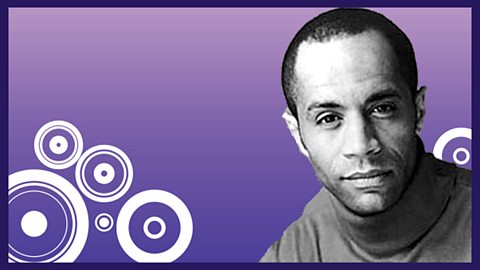
The Notes offer a comprehensive guide to using the content in the series (pdf).


KS3 Dance: Step-by-Step

Introducing Step-by-Step: Dance in Schools
Step-by-Step is a new dance resource for all those planning, delivering and supporting dance in a school setting to pupils aged 5 - 14: classroom teachers, school leaders and support staff. Whether you are completely new to teaching dance or you are just looking for new ideas Step-by-Step is here to help: it is aimed at the non-specialist teacher and requires no previous knowledge or skill in dance.
The range of content includes video for both teachers and pupils, audio downloads, dance frameworks to download and a comprehensive set of , which is the ideal starting point for gaining the skills and confidence for delivering dance to pupils aged 5 - 14. The content has been arranged to explore two topics at KS1 ('Who am I?' and 'Seed dispersal'), three topics at KS2 ('The Blitz', 'The Firebird' - a traditional Aboriginal story from Australia - and 'Alfred the Great'), and two topics at KS3 ('Shape Shifters' and 'Lights! Camera! Actions!).
Using these dance resources
You will need plenty of space for your group to use these resources safely - the hall or a cleared and swept classroom or similar large space is ideal.
Use the best equipment that the school has to offer for playback. Check that the loudspeaker is facing the children to ensure the best possible listening environment.
Make sure the children dance in gym shoes or bare feet. Bare feet give a good sense of contact with the floor, if your floor is safe. The children should be in PE kit to allow easy movement and to ensure that they do not become too hot.
Encourage the children to listen carefully right from the start â not just to the presenter but also to the music.
Teaching points
Some tips to help you get the best out of the dance sessionsâŠ
- Always encourage careful listening.
- Reinforce the importance of safety - eg awareness of others to avoid collisions, spacing, sensible landings (with the whole foot, flexing as it comes down and knees bending).
- Help the children to observe each otherâs movement in a positive light and to learn from their observations.
- Give the children a sense of your own enthusiasm.
Downloads and streaming files
The audio for teach dance session is available to download as an mp3 file. You can then arrange convenient playback either from a computer or from an mp3 player, such as a smart phone.
The dance sessions are also available as streaming files from each of the individual website pages. The streaming files are perfectly reliable if you have a robust internet connection. However, using the download mp3 file ensures you will avoid any danger of 'buffering' during playback.
These Dance resources and the National Curriculum
England
Dance sits explicitly within the PE curriculum in England, which states that âPupils should be taught toâŠperform dances usinga range of movement patternsâ. Furthermore, the skills explored and developed through dance activity clearly support the PE Curriculumâs aims of pupils being able to:
- develop flexibility, strength, technique, control and balance
- compare their performances with previous ones and demonstrate improvement to achieve their personal best
Scotland
Education Scotlandâs âCurriculum for Excellenceâ published in September 2019 places dance as a discrete subject in its comprehensive Expressive Arts curriculum area. âThrough dance, learners have rich opportunities to be creative and to experience inspiration and enjoyment. Creating and performing will be the core activities for all learners, and taking part in dance contributes to their physical education and physical activity.â At First and Second Level, pupils are expected to have opportunities to explore and create a range of movement ideas and use them in their own sequences, be inspired by a range of stimuli and âgive and accept constructive commentâ on their own work and that of others.
Wales
Dance features strongly in the Curriculum for Wales, within the Expressive Arts area of learning and experience, providing pupils with the opportunity to âexplore, respond to stimuli and create and reflect on their own work while engaging in rich, authentic experiences.â Dance is recognised as both an interdisciplinary and a discrete subject area, which should include performing, choreography and appreciation across a range of styles.
Northern Ireland
Dance sits within the Physical Education curriculum, though acknowledgement is made of the clear links with The Arts curriculum area, such as Drama and Music. In addition to being able to demonstrate a range of movement skills, pupils are required to: âlisten to, and move in response to, different stimuli and accompaniments, for example, verbal (music, poem, nursery rhyme, story, action words), visual, tactile, historical and cultural to create different types of dancesâ.
Warm up
Your class will benefit from a warm up before the programme begins (if you have time). Yawning, stretching, jogging on the spot and pretending to wash the face and neck are all examples of ways of warming up. Each of the dance sessions ends with a âcool downâ to prepare the children for return to the classroom.

Other resources with Dance content
Code Crackers!
KS1. Music, dance and drama exploring the KS1 Computing curriculum.
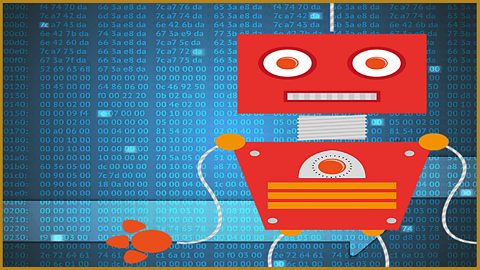
The Great Fire of London. collection
Age 5 - 9. Explore The Great Fire of London through Music, Dance and Drama activities and a final History programme presented by Cat Sandion of CBeebies.

KS2. Dance, music and drama activities exploring WW1 and the playscript 'Archie Dobson's War'.
